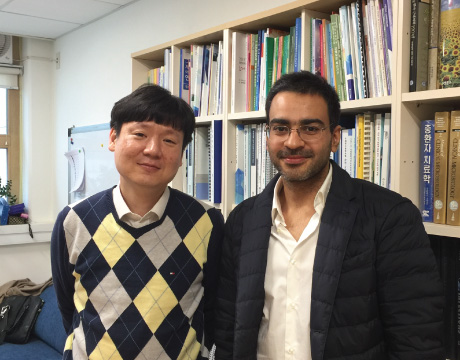|
|
감독의 메시지 Tarandeep Anand (Right) is the founder and director of Adam’s Love (adamslove.org), and has been a TREAT Asia research partner since 2011. Source: http://www.amfar.org/perspectives-social/
As we get swept away by the “Amazon effect,” witness blurring lines between online and offline worlds, a sense of urgency to transform HIV service delivery is apparent. I will try to reflect on where we are and how we can benefit from the technology tailwinds to help implementers scale-up services. 1. Online-to-Offline (O2O) models. My instant response is to use O2O models that enable seamless transition, dramatically reduce the linkage time and demonstrate high linkage success. Digital bookings and QR codes used help ensure key populations confidentiality. 2. Chatbots vs. human interaction. A person recently exposed to HIV is often in desperate need for human support/counseling as opposed to automated responses. Online channels operate 24x7 and have no time or logistic barriers. This is where most initiatives run out of gas, get cumbersome for implementers and result in lost interest among users seeking instant gratification, so identifying passionate professionals is key. 3. Performance incentives. In recent HIV self-testing study supported by amfAR, we found that digital literacy and ICT skills are intrinsically high among Thai counselors/communities. Incentivizing online staffs who deliver indispensable services based on targets achieved, could have a major impact on the epidemic. Paying social media giants to promote testing advertisements might help researcher enhance recruitment on a one-time basis, but this is not a sustainable path. 4. Emphasize digital culture. The implementers of most technology-based interventions are public health experts with limited background in technology, marketing or customer service. An innovative workforce with appropriate background would bring fresh synergies. 5. Understand what you fund. To create “blue oceans,” funders should employ experts well-versed with important parameters for adequate assessments of tech programs, sustain what is working, and harness published data as value for setting standards for funding. |











